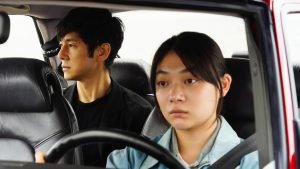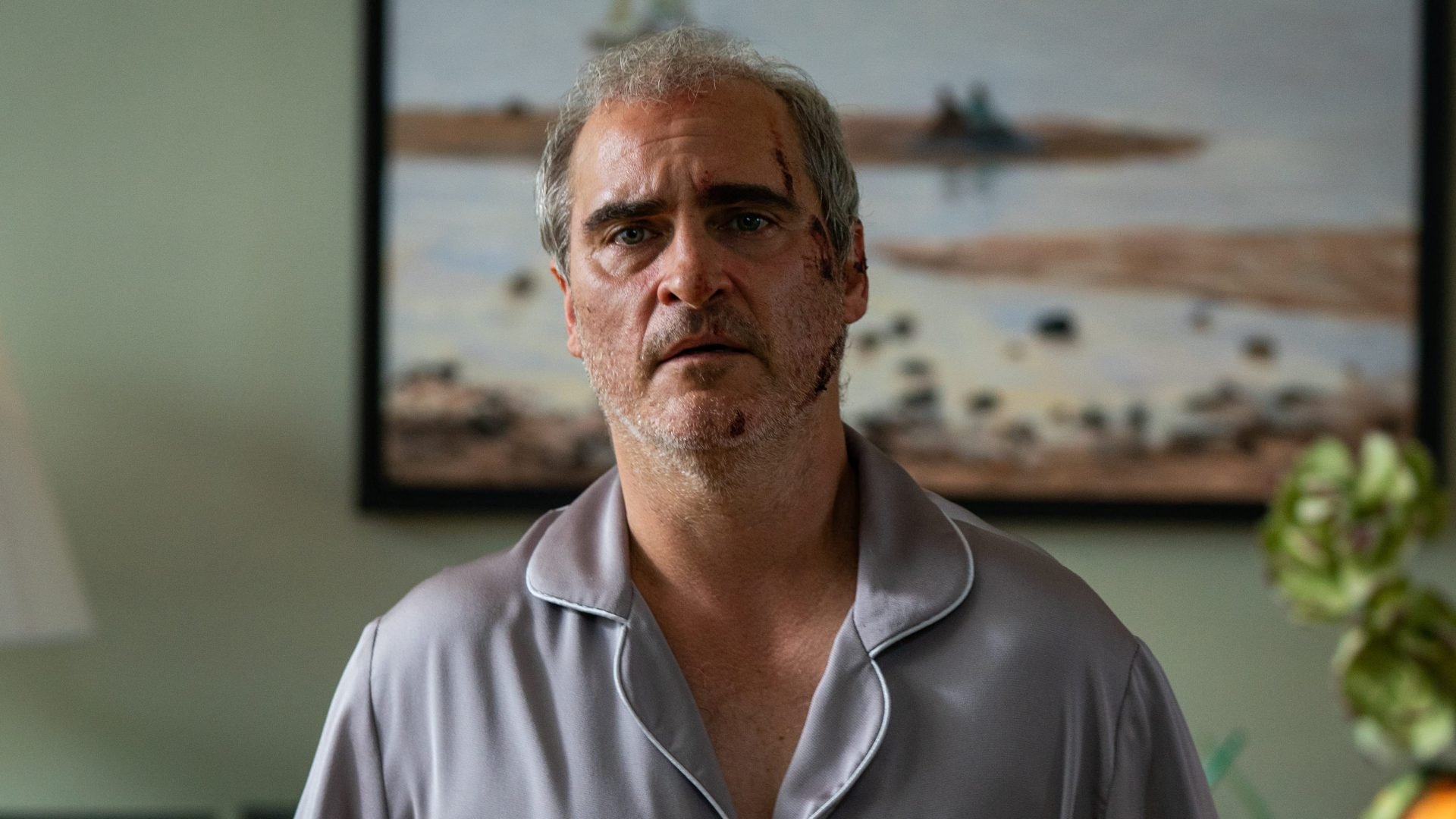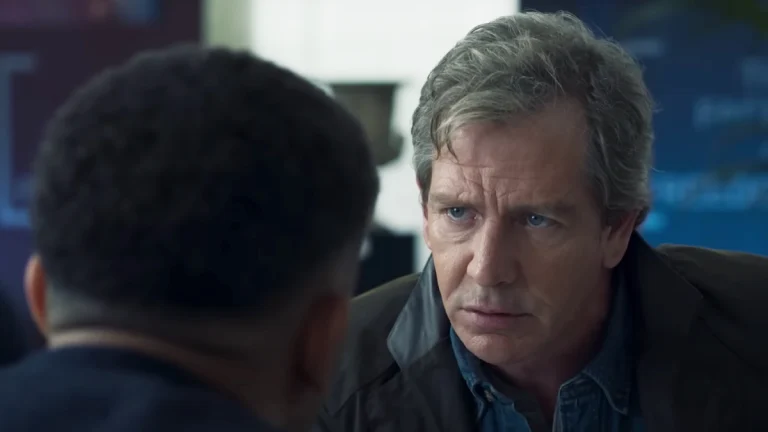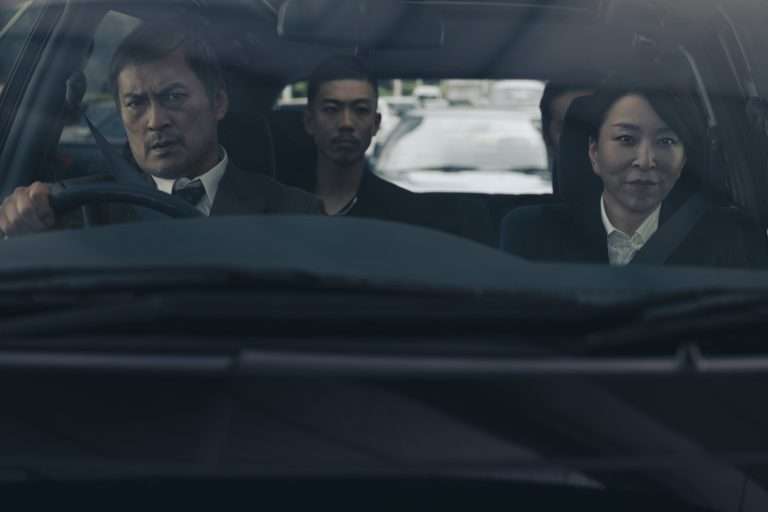After being handed a cassette tape to record a farewell message for his co-worker, Lai Yiu-Chai begins to quietly sob into himself – not for everything that was said between them, but for everything that wasn’t. It’s perhaps this scene that best encapsulates the sense of sorrow and isolation felt in Wong Kar-Wai’s 1997 film “Happy Together,” one that tackles the toxic co-dependency between two gay men living in Argentina during the mid-’90s.
Following the on-again, off-again relationship between Lai Yiu-Fai and Ho Po-Wing, the film starts with the couple on a trip to Argentina hoping to see the Iguazu Falls, but instead finds them lost in the middle of the desert, out of money and eventually breaking up. As the weeks go by, Lai starts working in a jazz bar to save enough money to fly home to Hong Kong, whereas Ho prefers to party and spends his nights in the town with different men. When Ho shows up on Lai’s door bloodied and bruised, seemingly from one of his lovers, Lai takes him in to recover from his injuries and ends up rekindling their relationship once more.
The Hong Kong film industry was tumultuous during the ‘90s. Many directors feared how the 1997 handover of Hong Kong from the United Kingdom to China might affect the industry. Fearful that the Chinese government would be more controlling and intervene in what they could and couldn’t depict, many directors looked to position themselves away from filming in Hong Kong and move overseas – Wong Kar-Wai was no exception. He secured additional funding from European distributors to set one of his films in a Spanish-speaking country, and hence Argentina. Moreover, he felt a gay drama had the potential for both a stronger box office and higher critical acclaim – Wong Kar Wai would later receive the Best Director award at the Cannes Film Festival.
This is important to understand since there is often a desire to politicize films like “Happy Together” as being an act of defiance against an overwhelmingly restrictive and homophobic system. But understanding how much of the film’s premise arose simply from what they could afford or thought might be successful is essential for understanding just how universal and complex many of the themes conveyed here truly are.
Through the perspective of the two men’s relationship, Wong Kar-Wai touches on all the staples of his filmmaking style: a transitory visual aesthetic, wandering characters who appear lost in the world, and an overarching dreamlike quality that can’t be articulated through words. Tony Leung and Leslie Cheung capture the dynamic between these characters with a stark intensity, delivering performances that stem from much improvisation and numerous extended takes.
Whenever the pair are together, there’s an underlying feeling of pressure building that at any moment, one among the pair could explode into an argument or act of violence. Interestingly, while Leslie Cheung was more comfortable with the film’s subject matter, having come out as bisexual several years prior, Tony Leung didn’t even know he was playing a gay character until their first scene together – half-naked in bed. As such, there are occasional moments of stiffness in Leung’s performance, which, deliberate or not, lends itself well to the toxic dynamic between the pair. During their more intimate moments, Lai often appears totally rigid and almost dissociated, whilst Ho aggressively kisses him.

The few moments of romantic tenderness shown between the two, such as when the pair dance the tango in their kitchen, quickly devolves into a more rehearsed sexual debauchery. It’s clear their co-dependency has trapped them in a cycle of performative intimacy, projecting their anger and discontent onto the other. Lai even notes he wished Ho wouldn’t have recovered as quickly as he did, as his recovery was one of the only times he was able to display any tenderness towards him.
Whilst commentaries on gay identity are woven throughout the film, these can be labeled as the means, not the end, for the emotions Wong Kar-Wai is trying to convey. We see several practices common between gay men at the time transpire, including intercourse in public bathrooms and oral sex in seedy porn theatres. These scenes paint a traumatic picture of these men’s lives during the ‘90s, whose desire for just the barest of human connections would lead them to the most squalid of places: lonely souls traversing the world, longing to be loved.
Lai and Ho’s relationship acts as an extension of this commentary. In a society riddled with homophobia, many men would rather stay closeted than face the discrimination of being publicly out, leaving the pair in a position with few alternatives. Ho is open about the number of ex-lovers he has had, yet spends much of the film recovering from the physical abuse of one of these relationships. On the other hand, Lai has obvious romantic chemistry with his co-worker Cheng, yet neither can take the leap and admit their feelings to one another.
As such, both Lai and Ho always seem to start their relationship over, the toxicity between them never outweighing the loneliness they feel apart. Like Wong Kar-Wai’s previous works, “Happy Together” has a distinctive sense of color, thanks to his collaboration with cinematographer Christopher Doyle. The film further develops its themes by using black-and-white portions to portray events as both existing in the past and intending to invoke sadness when juxtaposed with the present – mimicking our real-life memories.
These sections are contrasted by shots distinctly saturated with greens and yellows, invoking the suffocating claustrophobia our characters must feel; Buenos Aires’s urbanization and the intense thickness of Argentinian heat can almost be felt through the screen here. It’s further exacerbated by shooting the pair quite tightly in the frame, confining the characters both literally within the small walls of Lai’s crumbling apartment as well as figuratively within the toxicity of their relationship. At times, cooler tones of blue are used.
Almost metallic in nature, they invoke the sterility of their environment, a seemingly lifeless place where no relationship would ever be able to thrive. The combination of story, performance, and diegesis here all lend themselves to creating one of Wong Kar-Wai’s most spellbinding works. There is a dreamlike aesthetic present here that leaves “Happy Together” as an iconic staple in his wider filmography, depicting the nuanced complexities of toxic relationships through the otherworldly style he’s become famous for.




![A Decade On: Rise of the Footsoldier [2007]](https://www.highonfilms.com/wp-content/uploads/2018/03/untitled1.png)
![The Suicide Squad [2021] Review – An Optimistic orchestra of Exploding organs](https://www.highonfilms.com/wp-content/uploads/2021/08/The-Suicide-Squad-768x432.jpeg)



